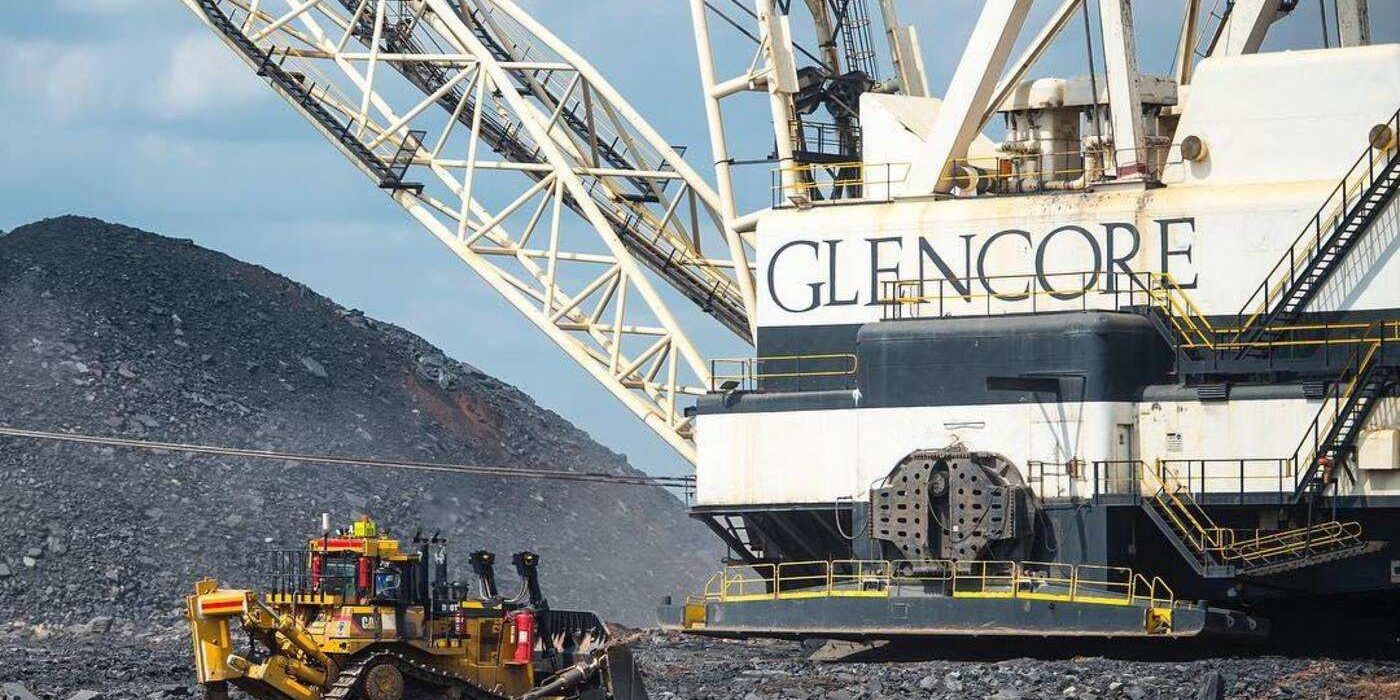The worst result, after buying shares in a company (assuming no leverage), would be if you lose all the money you put in. But in contrast you can make much more than 100% if the company does well. For instance the Glencore plc (LON:GLEN) share price is 124% higher than it was three years ago. That sort of return is as solid as granite. It’s down 2.1% in the last seven days.
With that in mind, it’s worth seeing if the company’s underlying fundamentals have been the driver of long term performance, or if there are some discrepancies.
To paraphrase Benjamin Graham: Over the short term the market is a voting machine, but over the long term it’s a weighing machine. By comparing earnings per share (EPS) and share price changes over time, we can get a feel for how investor attitudes to a company have morphed over time.
Glencore was able to grow its EPS at 171% per year over three years, sending the share price higher. This EPS growth is higher than the 31% average annual increase in the share price. So it seems investors have become more cautious about the company, over time. We’d venture the lowish P/E ratio of 5.23 also reflects the negative sentiment around the stock.
You can see below how EPS has changed over time (discover the exact values by clicking on the image).
It is of course excellent to see how Glencore has grown profits over the years, but the future is more important for shareholders. This free interactive report on Glencore’s balance sheet strength is a great place to start, if you want to investigate the stock further.
What About Dividends?
It is important to consider the total shareholder return, as well as the share price return, for any given stock. The TSR incorporates the value of any spin-offs or discounted capital raisings, along with any dividends, based on the assumption that the dividends are reinvested. Arguably, the TSR gives a more comprehensive picture of the return generated by a stock. As it happens, Glencore’s TSR for the last 3 years was 148%, which exceeds the share price return mentioned earlier. And there’s no prize for guessing that the dividend payments largely explain the divergence!
A Different Perspective
It’s nice to see that Glencore shareholders have received a total shareholder return of 54% over the last year. Of course, that includes the dividend. That’s better than the annualised return of 12% over half a decade, implying that the company is doing better recently. Someone with an optimistic perspective could view the recent improvement in TSR as indicating that the business itself is getting better with time. It’s always interesting to track share price performance over the longer term. But to understand Glencore better, we need to consider many other factors. For example, we’ve discovered 3 warning signs for Glencore (1 is a bit concerning!) that you should be aware of before investing here.







